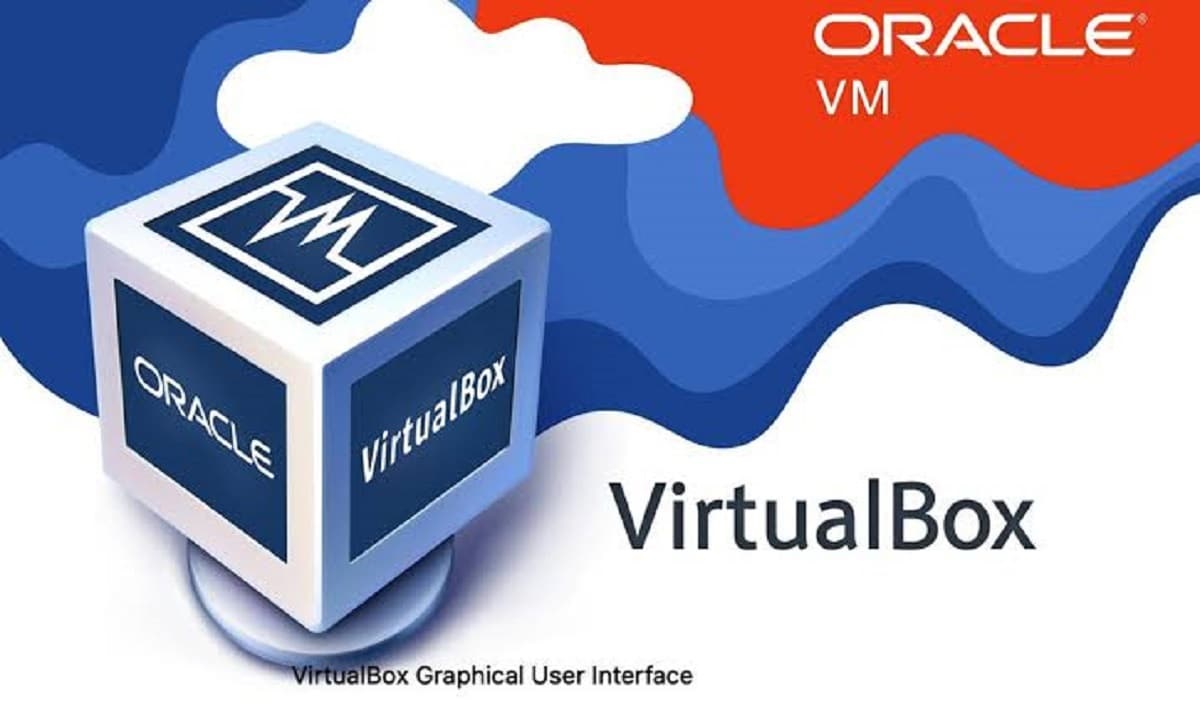
Some days ago Oracle announced the release of the corrective version of the virtualization system VirtualBox 6.1.34, in which it indicates that 27 corrections have been made. The new version also fixes 5 vulnerabilities, which are assigned severity levels from 7.8 to 3.8. Details about the vulnerabilities have not yet been revealed, but the most dangerous issue is known to manifest itself only on Windows systems.
For those who are unfamiliar with VirtualBox, I can tell you that this is a multiplatform virtualization tool, that gives us the possibility of creating virtual disk drives where we can install an operating system within the one we normally use.
Main new features of VirtualBox 6.1.34
In this new version that is presented of VirtualBox 6.1.34 it is mentioned that in the additional ones for hosts and guests based on Linux, they were added support for Linux kernel 5.17 and resolved issues on systems running the 5.14 kernel.
En Linux Guest Additions initial support for RHEL 8.6 distribution kernels is added and resolves screen resizing issues for environments with earlier versions of libXrandr (before 1.4).
Besides that, improved GUI behavior in macOS environments since the Big Sur release when kernel extensions are not loaded.
It is also noted that the virtio-scsi and E1000 driver code has been improved along with the output for the 'natnetwork list' command in the VBoxManage utility, added options to configure the IPv6 prefix (–ipv6-prefix) and the default route of IPv6 (–ipv6-default).
On the other hand, it is mentioned that general improvements have been made in the compatibility with IPv4 and IPv6 in the network subsystem, as well as that the automated installation mode has been improved and also the HTML data handling on clipboard sharing on Windows hosts has been improved.
In the OVF Image Import Tool, when importing a virtual machine, it is possible to specify a different storage controller and port for the hard drives. While the installation of drivers in Windows Guest Additions has been improved.
On the part of the problems resolved, the following are mentioned:
- Problems with the emulation of the "cmpxchg16b" instruction have been resolved in VMM.
- Fixed a crash in the EHCI emulator that occurred when processing small packets.
- Fixed a crash in storage emulation code that occurs when caching is disabled on the host side.
- Improved NVMe state upload.
- Solaris Guest Additions resolves an issue that caused VirtualBox 6.1.30 and 6.1.32 Additions to be removed from Solaris 10 guests.
- Problems with booting ISO images from FreeBSD have been resolved in the EFI code.
Finally if you are interested in knowing more about it About the release of this patch version of VirtualBox 6.1.4, you can check the details in the following link.
How to install the patch version of VirtualBox in Ubuntu and derivatives?
For those who are already VirtualBox users and they have not yet updated to the new version, they should know that they can only update by opening a terminal and typing the following command in it:
sudo apt update sudo apt upgrade
Now for those who are not yet users, you should know that before installing, they need to ensure that hardware virtualization is enabled. If they are using an Intel processor, they must enable VT-x or VT-d from their computer's BIOS.
In the case of Ubuntu and derivatives, we have two methods to install the application or, where appropriate, update to the new version.
The first method is by downloading the "deb" package offered from the official website of the application. The link is this.
The other method is adding the repository to the system. To add the official VirtualBox package repository, they should open a terminal with Ctrl + Alt + T and run the following command:
echo "deb https://download.virtualbox.org/virtualbox/debian $(lsb_release -cs) contrib" | sudo tee /etc/apt/sources.list.d/virtualbox.list
Done this now We must add the public PGP key from the official VirtualBox packages repository to the system.
Otherwise, we will not be able to use the official VirtualBox package repository. To add the public PGP key from the official VirtualBox package repository, run the following command:
wget -q https://www.virtualbox.org/download/oracle_vbox_2016.asc -O- | sudo apt-key add -
We must update the APT package repository with the following command:
sudo apt-get update
Once this is done, now we are going to proceed to install VirtualBox to the system with:
sudo apt install virtualbox-6.1
And ready with it, we can use the new version of VirtualBox in our system.